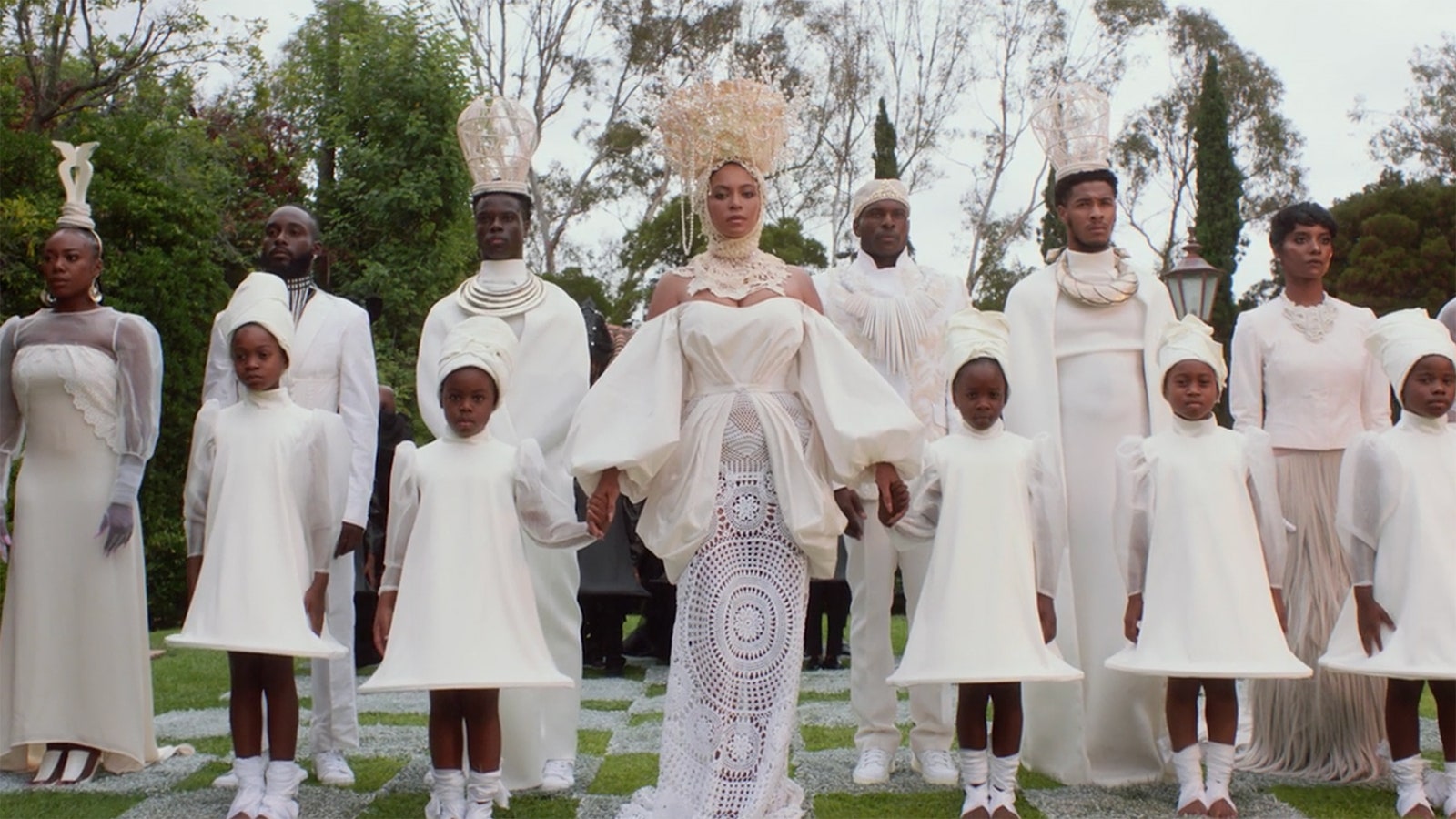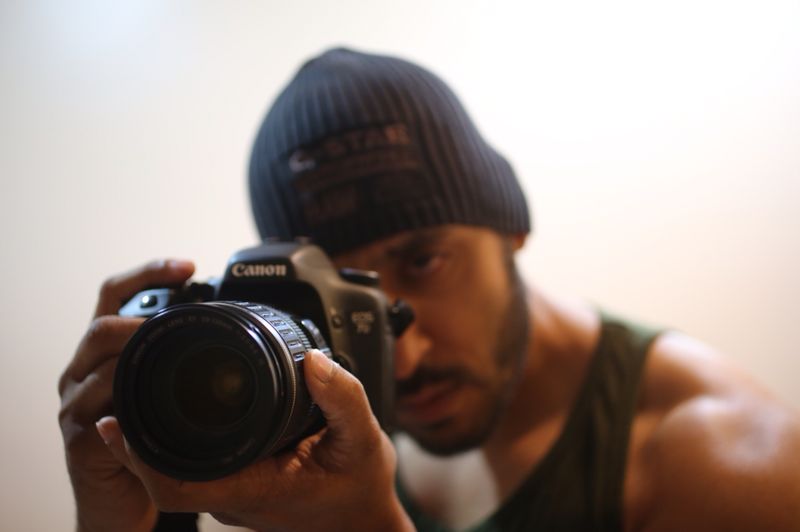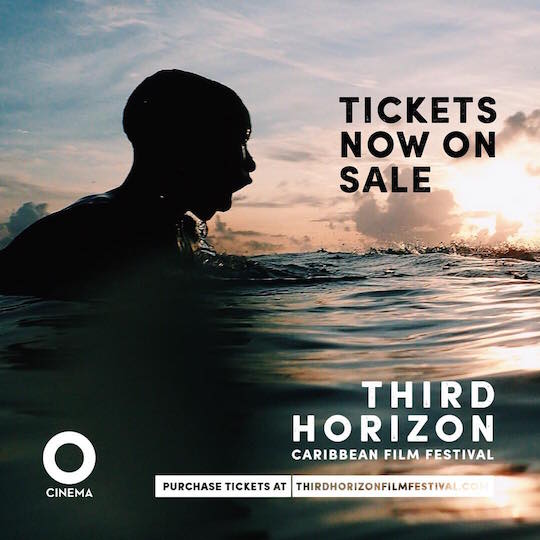Above: Beyoncé Knowles Carter, Photo courtesy of Parkwood Entertainment, Disney+.
Beyoncé Knowles-Carter has done it again. By “it,” I mean everything I didn’t even know I needed right now.
Beyoncé’s third visual album, Black is King, hit Disney+ in the wee hours of the morning—midnight for those on the West Coast and 3 a.m. for those of us on Eastern Time. I know folks who were drinking late-night coffee and counting down to the premiere. Friday morning be damned. This is the effect this woman has on the world. She’s her own Super Bowl—inspiring late-night tailgates and watch parties across the globe. I even saw people on Twitter who were using a disney+ vpn to be able to watch the visual album because the service isn’t available in their country yet!
I had every intention of coming to this article with the critical voice of a film reviewer. Instead, I am coming to this review as myself—a Black mother, creator, educator, woman. I am coming to this piece whole—not feeling the need to hide behind this myth of objectivity. In order to be viewed as a professional writer, I often have to leave my full self on the sidelines. After watching Mrs. Knowles-Carter parade her full self around for an hour and a half, I am inspired.
I must preface by saying that I am not a member of any hives. I generally come to Beyoncé’s work late. I am never up on the new, new. I collect her songs slowly—more and more over the years as she has matured as an artist. I respect her hustle, grit, and utter appreciation for finery and insane production values. I’ve watched her grow up, but I am older than she is, so I’m not her target audience. Still, I appreciate her voice on the musical landscape.
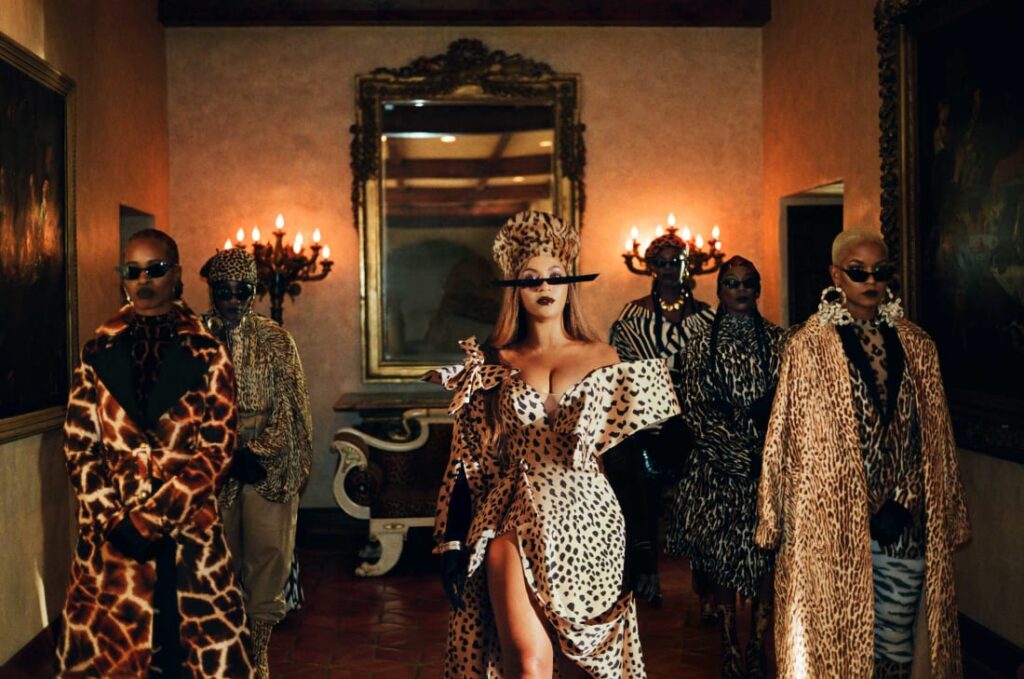
I also am not a Disney head, and I am generally suspicious of manufactured utopias, so Disney World just gives me the heebie-jeebies. In short, none of this was supposed to woo me. Yet, here I am, stuck on my sofa in a sort of blissful haze reminiscent of post-coital glow. This isn’t the first time this has happened.
What is it with this woman and her magic?
I am an independent filmmaker and writer. Born and raised in the rural Alabama backwoods. Dirt roads. Kudzu. Wooden churches. Summer revivals. I am Southern with a capital “S.” One of my childhood laments—the thing that shaped me most—was the lack of Black representation in media.
I grew up hardly ever seeing images of Black people onscreen. When I did see those images, they were hollow stereotypes. Black women were rarely rendered as full emotional beings. Our sexualities were either exploited or muted. We were never nuanced. Black Southerners, an even smaller subset, were often portrayed by actors with janky, fake drawls who spoke words written by tone-deaf, non-Black writers.
After the 2016 debut of Lemonade, Beyoncé’s second visual album, I called a friend. “I quit filmmaking,” I said. “Why are we even making movies if Beyoncé is out there doing this… who needs us?”
Lemonade was everything that I ever wanted to see. Black women allowed to occupy spaces like we owned them. Fine ball gowns. Large oak trees. Our spirits illuminating everything. An homage to classic creators like Julie Dash. Black women built so much of the South—its glory literally suckled at our breasts. Our nurturing of broken bodies. Our imbuing a sense of pride and self-love into our children. Our fixing of plates. Our devotionals at altars. Our fierce creativity, ingenuity, and dedication to our crafts. Our holding down jobs and households at the same time.
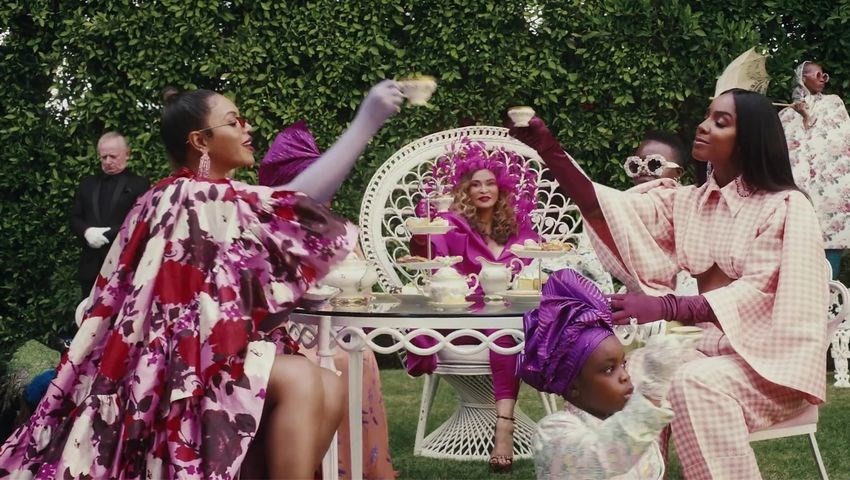
Beyoncé brought Southerners into the mainstream and draped them in designer luxury. But her Southern is nothing like the fraudulent one we’ve seen on TV for generations—lopsided, backward and uneducated. Her Southern is foundational. Her Southern built this nation. (You’re welcome.) And now, people are clawing at it. Angling for a piece of what she has.
Black is King is chock full of imagery that leaves me breathless. Nothing that I ever write is going to do its visuals justice. The costumes and wardrobe are jaw-dropping. Immense landscapes serve as backdrops—rolling desert dunes, endless savannah, lush oases. There is even a synchronized swimming performance that hearkens back to classic Hollywood, but with a diasporic twist. Black and Brown bodies traverse urban and rural landscapes. The lighting is always so right that everyone has that million-dollar glow. The glitter of gold and bejeweled catsuits blind.
Beyoncé’s longtime stylist, Zerina Akers, has outdone herself. If I had the power to bestow deity status on folks, she’d be granted the honor based solely on her work here. The Black is King wardrobe incorporates widely known designers like Mugler and Burberry alongside rising stars like Loza Maléombho, an Ivorian American fashion designer. To top it all off, gravity-defying hair styles are braided, beaded, and adorned with all manner of signature accessories.
Some of the show-stopping scenes include a Burberry cow-print corset with matching horse, an entire car leopard-printed to match Beyoncé’s whole mood, a frou-frou tea party featuring Kelly Rowland, Tina Knowles, and Blue Ivy, and a souped-up hearse as Beyoncé’s party limousine. This is decadence without limitations.
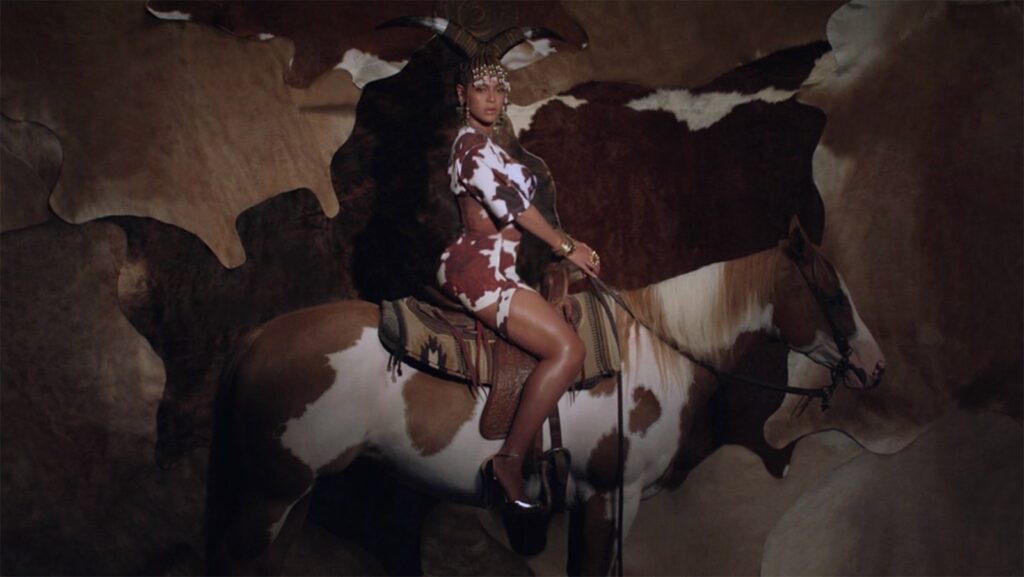
The special appearances are endless. For the track “Brown Girl,” Naomi Campbell, Aweng Ade-Chuol, Lupita Nyong’o, and Kelly Rowland appear dressed for a Black debutante ball as Beyoncé lauds the beauty of women of color through song. It is full beauty too—not just model chicks. It’s thick thighs and real breasts. As much a celebration of Black cultural beauty as a celebration of the Black body, Black is King showcases so many browns and so many builds. Full hips on full display, but on our own terms.
After the trauma and tragedy inflicted on Black folks this year, Black is King just hits different. Disney+ described it as a “celebratory memoir for the world on the Black experience.” The album centers the story of The Lion King and weaves quotes from the film throughout. Each quote sets the theme for the next movement. While The Lion King voiceovers were my least favorite bits, kudos to Beyoncé for continuing her creative relationship with poet Warsan Shire, who wrote a good deal of the poetry used in Lemonade. Some of the voiceovers gave me chills. Others felt more overwrought, but the overwrought sections did not detract from the overall vibrance.
The visual album utilizes familiar motifs—water, ritual, and the struggle between good and evil. The overlying pulse is that of Black empowerment and Black excellence. For this piece, Beyoncé traverses the globe—often referencing ancestors and royal bloodlines. The main storyline is bookended by the story of Moses—a baby placed in a basket by a mother—and set adrift on a massive river. In a sense, this thread proves to be a metaphor for life, which is further complicated by race.
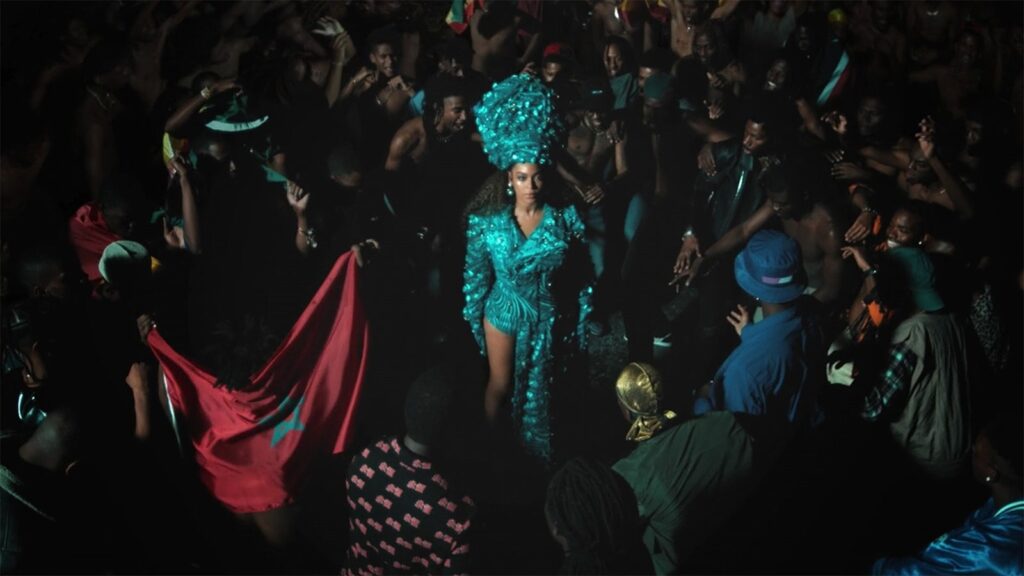
The journeys in this film unabashedly center the Black gaze. Beyoncé appears again and again as Madonna. Blue Ivy sings, dances, and generally stunts on everyone. Rumi and Sir make appearances too. And Jay-Z’s entrance is an entrance fitting of, well, a king. This is a family affair, and something about the centering of this particular Black family makes me feel a tinge of pride.
What is most striking is Beyoncé’s evolution into Black motherhood. She dedicates this film to her son, Sir Carter, and much of her mothering is on display here as she grapples with instilling self-worth into children that the world deems lesser. In one scene, a woman crosses a field in a billowing, fuchsia gown, while a male voice says, “Many times it’s women that reassemble us. A lot of my manhood training came from women. Men taught me some things, but women taught me a whole lot more.”
I could discuss the visuals of Black is King all day, but I know that there will be a glut of reviews on the internet over the next few days. I imagine that I will write many more pieces on the various elements of this visual album. I could write a dissertation. Somewhere in the world, some Ph.D. student is having an aha moment, I’m sure. But I do want to speak a bit about African Americans and imagined homelands, especially in the wake of the trauma that we have dealt with in our own country.
One of the early critiques of Black is King is that often in the African American imagination, the African continent is treated as a singular mash-up of culture. I don’t deny this, and I think that there is a lot of work to be done on the African American front in terms of educating ourselves, knowing and acknowledging the language of appropriation, and facilitating genuine cultural conversations with others in the diaspora.
What I do appreciate about Beyoncé’s efforts in Black is King is her willingness to bring on musicians like Tiwa Savage, Yemi Alade, Shatta Wale, Mr. Eazi, Busiswa, and Salatiel—to represent Nigeria, Ghana, South Africa and Cameroon.
Similar to Lemonade, Beyoncé enlisted the creative voices of emerging filmmakers across the African diaspora. Among them, notables such as Ghanaian artist Blitz “The Ambassador” Bazawule, and Emmanuel Adjei, a Ghanaian-Dutch acclaimed filmmaker and visual artist who has collaborated with Madonna and Mykki Blanco. In so many ways, Beyoncé uses her platform to highlight artists of color, be they designers, musicians or filmmakers.
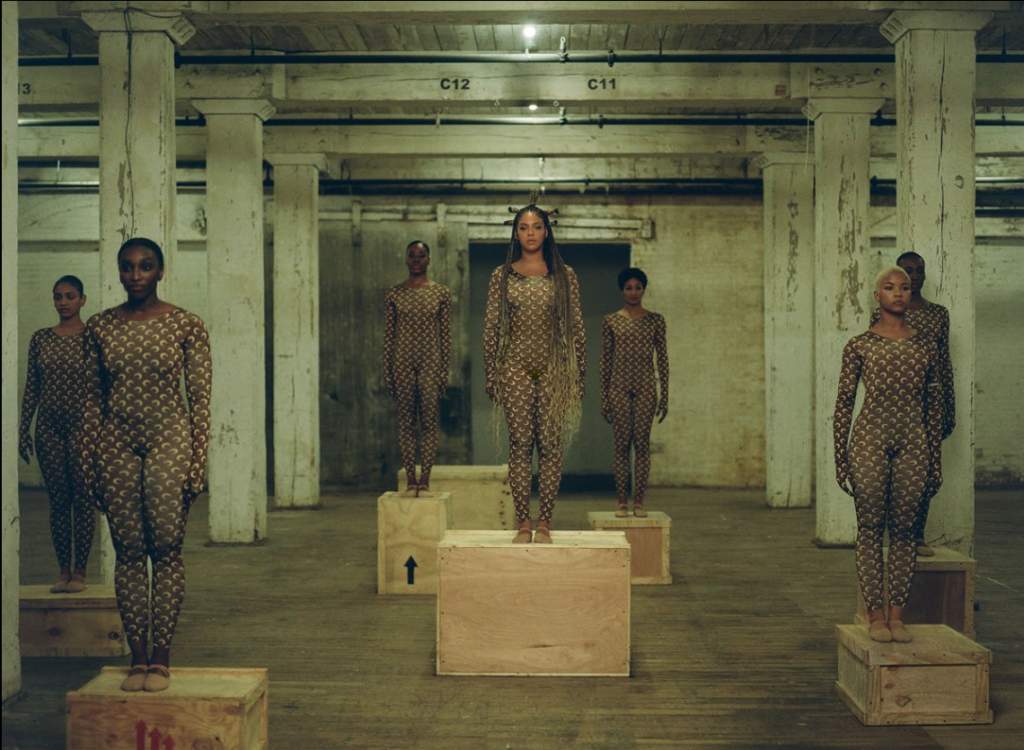
There are elements in Black is King that represent the popular African American reframe that we come from queens and kings. It’s something we’ve told ourselves for generations because the truth is that we don’t know where we come from. Most of us can only trace our lineage back so far. Slavery attempted to erase us.
What we’ve constructed in the African American imagination is this homogenous “African” homeland that doesn’t even exist. It’s part survival mechanism—like the spiritual longing for a heavenly home—part tall tale, like the stories of our slave ancestors being outlaws. It’s a narrative that has always bothered me because of its lack of complexity.
Despite everything, African Americans have built our own places of refuge. They are invisible but, at the same time, omnipresent. They are beats, vernaculars and fashions that have permeated popular culture in places where we aren’t even welcome. They are Hip Hop. Jazz. Blues. Def Poetry. Literature that will lay you out with all its levels. Basquiat. Morrison. The Supremes. Michael Jackson. Biggie. Tupac. Kendrick Lamar. Insecure. Street Style. David Chappelle. Tina Turner. Toni Morrison. James Baldwin. Sonia Sanchez.
We’ve made so many glorious layers. There is so much more. The world fills up on us. Yet, we have no real homeland. Everyone partakes of this magic that we fashioned over generations from scraps, but as soon as we try to root ourselves somewhere, we are shunned, shamed, othered. How do we win?
Black is King is not perfect. I’m sure that there are problematic elements that I don’t yet see. I would love to hear takes from others in the diaspora. However, I do think it is the start of a conversation. Just like Lemonade gave new visibility to the South, Black is King gives visibility to the Black cultures around the world.
In the credits, Beyoncé writes, “To the Black diaspora across every continent—thank you. For creating, upholding, and driving culture against insurmountable odds. You inspire the world.” For many, the platitudes will feel hokey, but for me, Black is King provides much-needed respite from an overwhelmingly tragic year.
April Dobbins is a writer and filmmaker based in Miami. Her work has appeared in a number of publications, including the Miami New Times, Philadelphia City Paper, and Harvard University’s Transition magazine. Her films have been supported by the Sundance Institute, International Documentary Association, Firelight Media, ITVS, Fork Films, Oolite Arts, and the Southern Documentary Fund.







